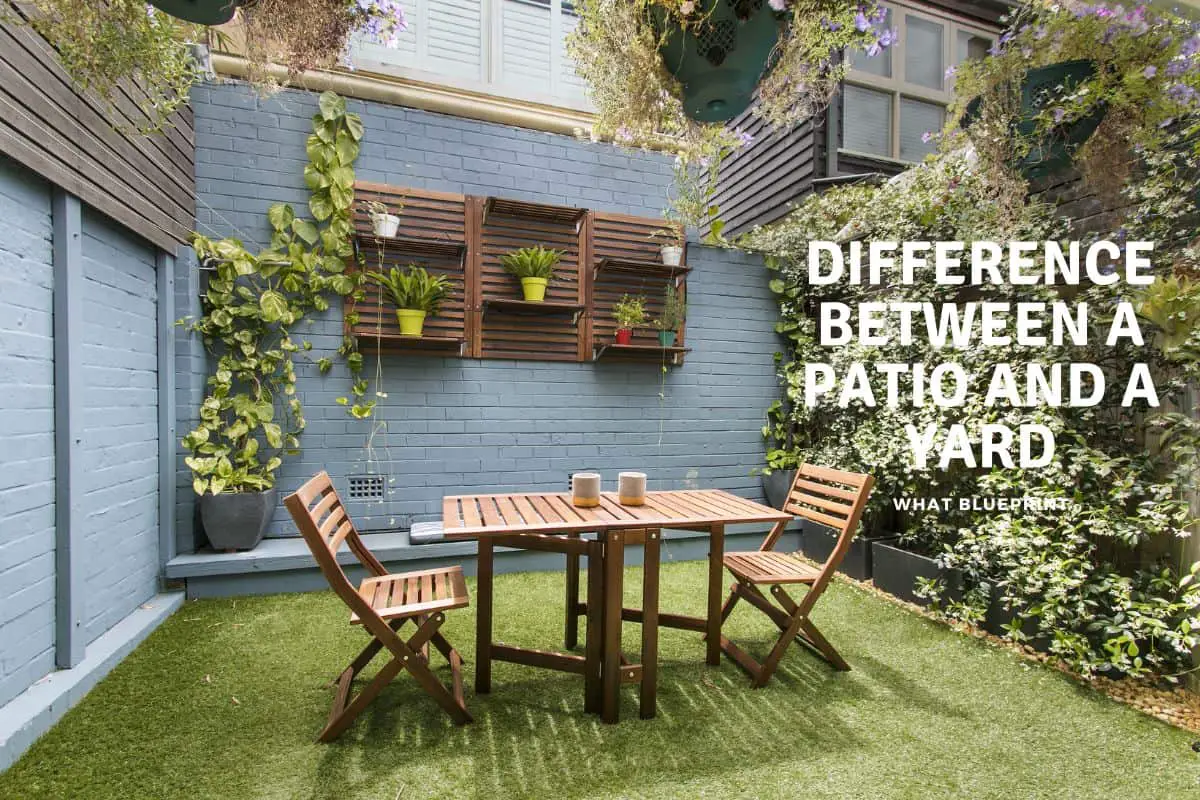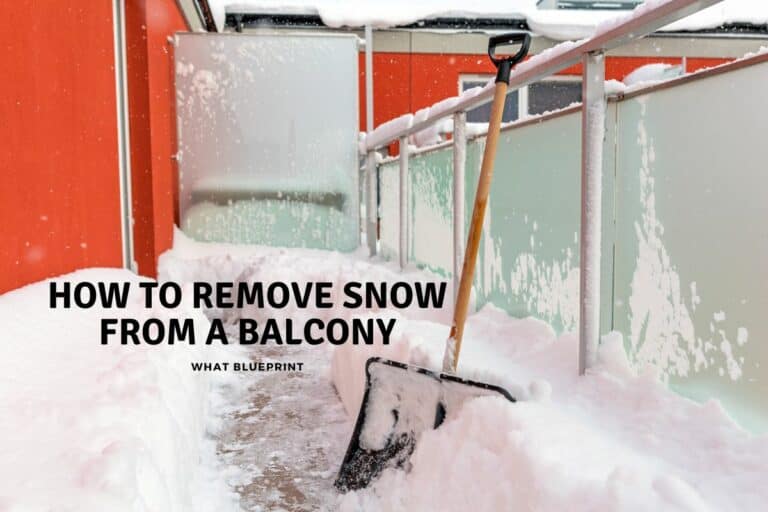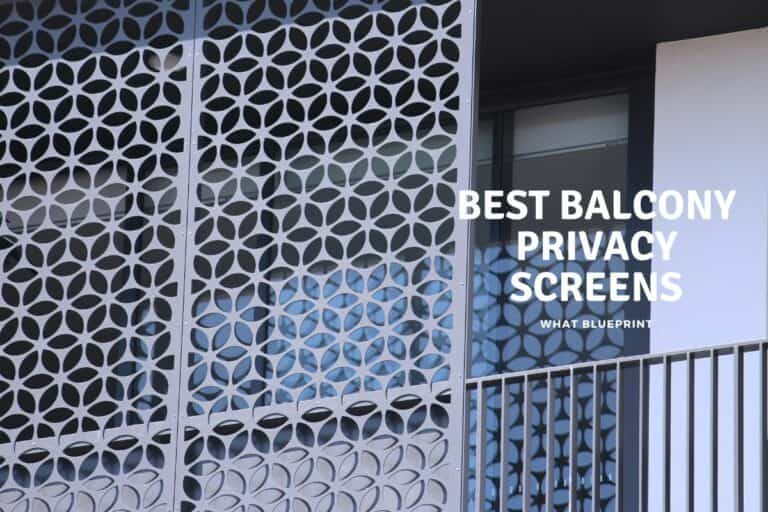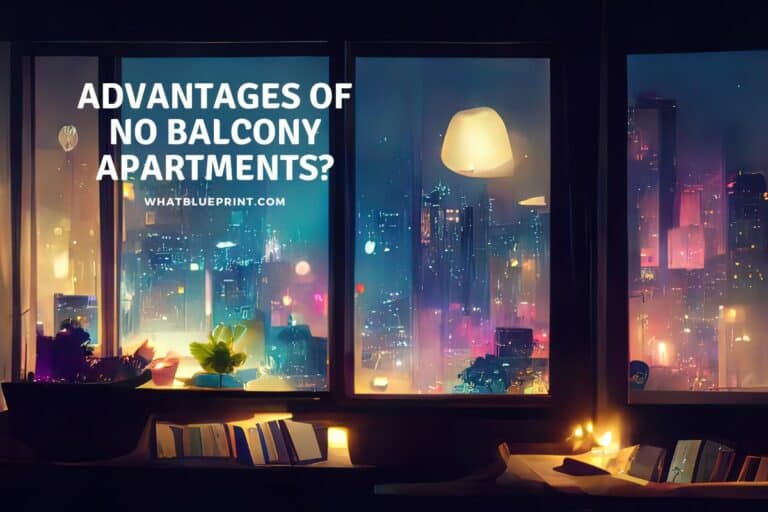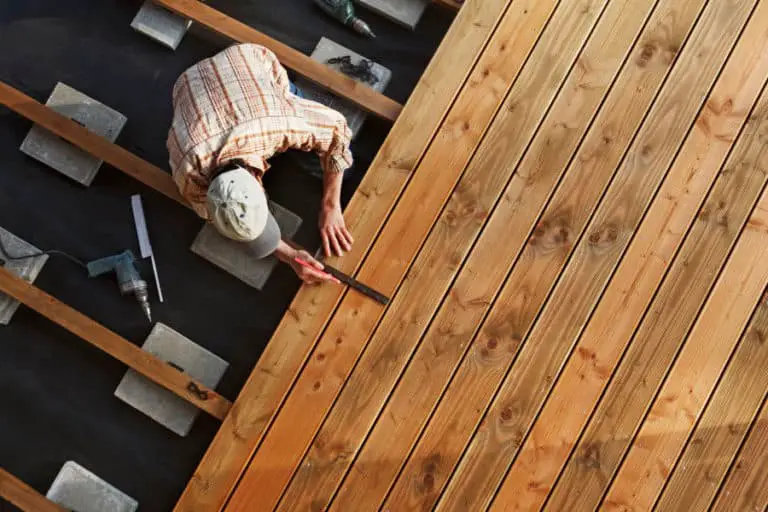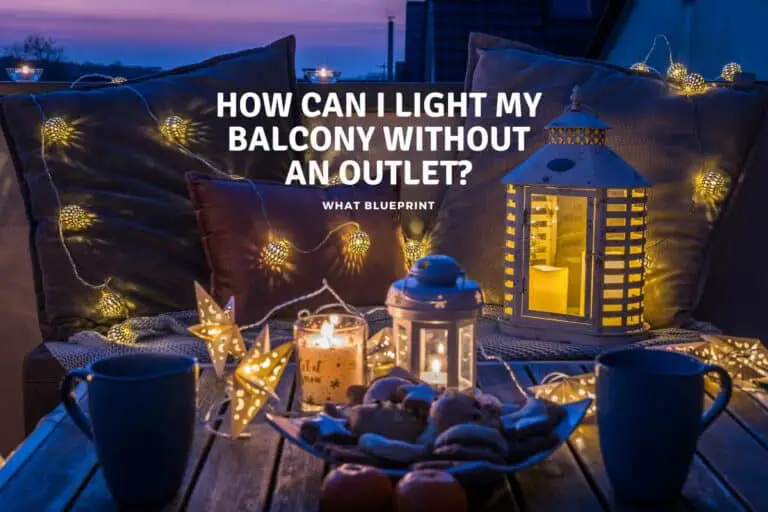Difference Between A Patio And A Yard
Being outdoors in the fresh air is so refreshing. Too many people are cramped up in offices with artificial lighting and poor airflow. Although most of use, especially city dwellers live in apartments, those of use who are lucky enough to live in a home, You most likely have a patio, yard, or both if you have an outdoor area. We take a look at the difference between a patio and a yard?
Patios and yards are both outdoors spaces. Differences include the following, patios are an extension of the home, whereas yards are the space around the house. Patios are often designed, whereas yards are made. Yards are functional and often dull, and patios are practical and more aesthetic.
The difference between patios and yards is relatively easy to explain, but making each of these spaces practical and look good takes planning and effort on the homeowner’s part.
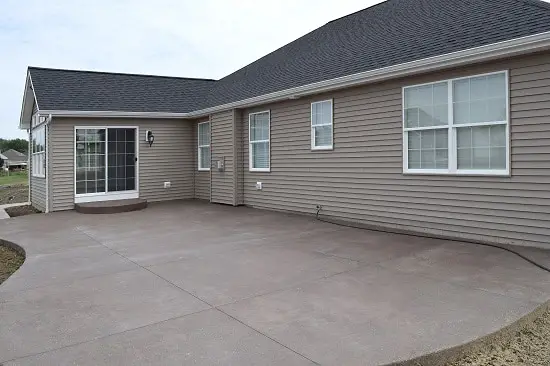
There Is A Difference Between Patios And Yards
Modern living lends itself to outdoor spaces, which often become a home extension. Both patios and yards are outdoor spaces.
Patio originates from the Spanish word ‘patjo.’ It refers to an open-air courtyard within the confines of a built structure. The term has evolved, and patios are now adjoining a building on the outside. A patio is constructed for outdoor seating, eating, entertaining, or simply relaxing after a hard day’s work.
On the other hand, a yard is an outdoor area at the back of a house with a lawn, washlines, vegetables, or simply an unkempt space. Mostly a yard has a fence or wall around it and isn’t the most eye-catching part of the property.
There are other uses and definitions for a yard. Still, in the context of housing, a yard is around the home. A patio is attached to the house.
In a nutshell, yards are functional, whereas patios are also a house feature, although practical.
Patios Are Attractive
Patios are more likely to be attractive home features and tend to be in gardens, at the back of the property. Patios often have roof coverings ranging from constructed ceilings to adjustable roof slats, timber, and pergolas. A patio expands the entertainment area and living space of your home.
Patios have covered floors; bricks, concrete, flagstone, and tiles, to name a few.
Because of this, patios require just as much attention to detail as indoor spaces do. From outdoor furniture to layout, patios add to the ambiance of your home.
Patios Require Design
There are different ways to build a patio; brick and mortar, stone, wood, tiles, and other creative options.
Home owners consider various factors when deciding how and where to put the patio.
Because patios adjoin the home, they usually lead out from a door or opening for easy access, preferably an extension of the living area or kitchen.
When building new houses, owners often ask architects to include patios as a feature in the design, or they get expert advice on where to add the patio. Building a decent patio also requires excellent craftsmanship.
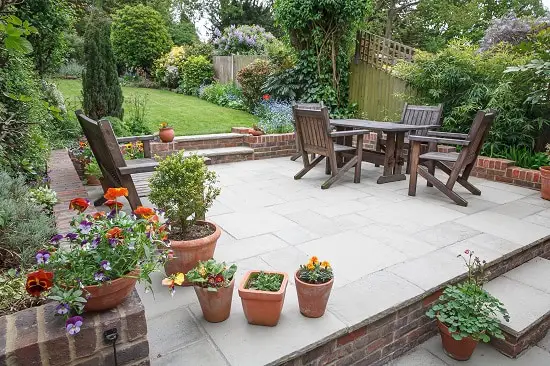
Home Owners Consider Specific Requirements To Design A Patio
As an extension of the home, homeowners take time to figure out the best option for their patio. The primary considerations are:
- How big should the patio be?
- Is it for entertaining or a place for the family to relax?
- Do you want an overhead covering to protect you from the sun or rain?
- Should the patio have railings or walls around it?
- Are you going to add pots and plants to decorate the patio?
- Which direction must the patio face?
- Will the sun be shining directly on it?
- Will you need protection from the wind?
- What materials should the used to make the patio?
- Does the patio need electric connection points?
- Do you want lighting on the patio? If so, what type of lighting?
- Should the patio be raised or flat on the ground?
- Does the homeowner want to include any specific features on the patio?
- Would they like to have a built-in barbeque?
- Will the patio interfere with plumbing or wiring around the home?
- How should the patio look?
- If the patio is covered, will it block the light from home?
- Where is the source of light, and is there too much shade?
Another important consideration is whether you need plans to build the patio. Local building regulations dictate this condition.
Yards Are Functional
Suburban homes have yards because you buy a piece of land and build on the ground. A portion of the land not built on is the yard. Yards are at the back of homes, hence the term ‘backyard.’
Previously yards were pieces of land on farms or agricultural areas and housed things like stables, livestock, bricks, boats, and anything else that was kept outdoors. While still applicable to outdoor areas, the word has taken on additional meaning. It refers to space next to homes with walls or fences to protect them.
Yards conjure up images of neglected spaces, somewhat dusty and not taken care of. Although yards are not viewed as lush and vivid or seen in the same light as gardens, they lend themselves to plants, trees, lawns, outdoor improvement, and growing vegetables.
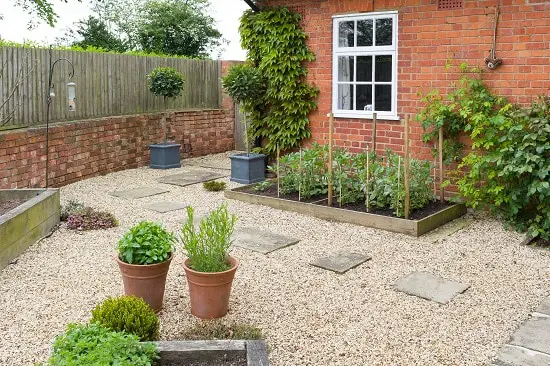
Yards Can Be Attractive
Your yard need not be boring. As a functional section of your outdoor area, you can still create an attractive space that adds to the appearance of your home. Look for ideas to make your yard bright and exciting:
- Grow vegetables, if you have access to soil and arrange them in patterns or lines.
- Paint or outdoor varnish buildings.
- Get creative and use paint techniques.
- Erect a hothouse to grow plants, herbs, and vegetables.
- Find ways to attract butterflies and bees.
- Create a kid’s play area in your yard.
- Build pathways with bricks, gravel, or cobbled stones.
- Add bird feeders and baths.
- Dot potted plants around your garden.
- Erect an authentic potting shed.
- Grow a fragrant herb garden.
- Include weatherproof outdoor furniture in a protected area.
- Put it in a pond.
- Grow creeping plants on walls and fences.
- Build a raised deck.
- Paint your clothesline in a different color.
- Mount flower pots on walls.
- Add lighting or lanterns.
- Put up a garden umbrella.
- Grow lemon and fruit trees.
- Create a picnic spot for your children.
- Section off a part of the yard with a picket or wrought iron fence.
- Use gravel throughout your yard if you can’t maintain lawn maintenance.
Keep yards as low maintenance as possible, but make them a place to enjoy. Below is a picture of a couple of yards that although still basic, we tried to turn into a nice space outdoors ( these are from the UK)
Conclusion
Patios and yards are different. Patios are an extension of the home’s living area. Although they have practical aspects, they need attention to detail and must be visually appealing.
Yards, on the other hand, are functional and around the home. It is possible to make a yard attractive so that it no longer detracts from the appeal of your home.

